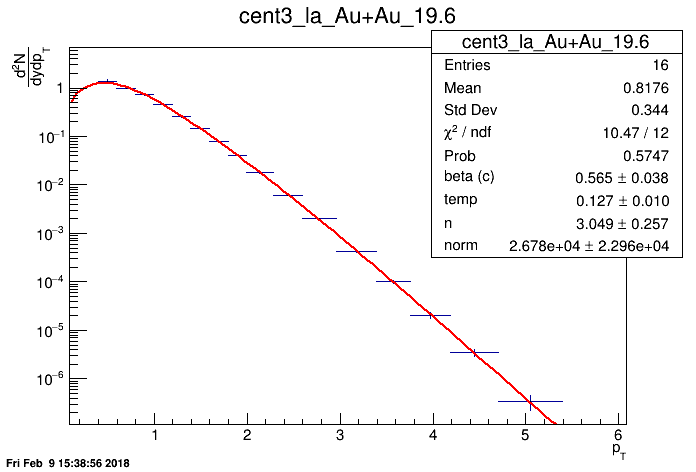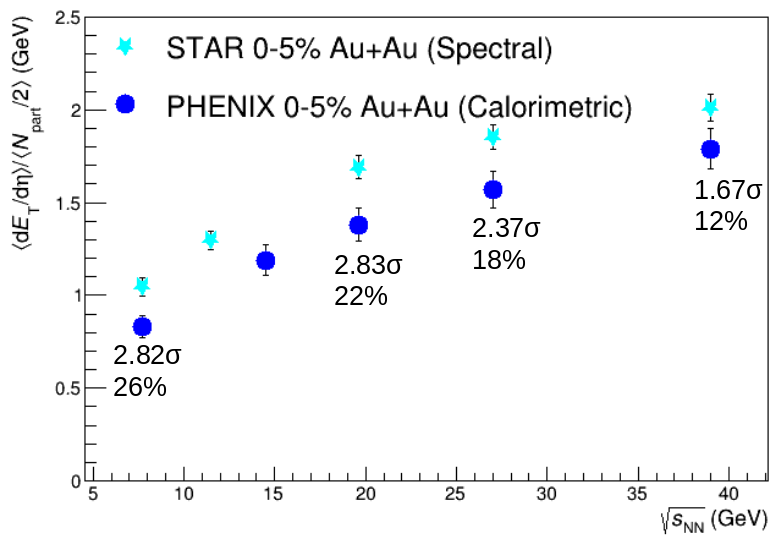Welcome
I built this page to display some of my projects.
Scroll down or click on a link to learn more.
Nuclear Physics
The Large Hadron Collider (LHC) at CERN and the Relativistic Heavy Ion Collider (RHIC) at the Brookhaven National Laboratory have the ability to collide heavy nuclei, such as those of gold and uranium, at nearly the speed of light, reaching temperatures of trillions of degrees Celcius. These laboratories have provided evidence of the formation of an exotic state of matter, called the quark-gluon plasma (QGP). It only exists for a brief amount of time after such collisions and instantly freezes out into a plethora of new particles, which carry the signatures we can use to deduct QGP properties. It reportedly behaves like an almost perfect quantum fluid with no resistance and exhibits other interesting properties.
One of the methods to probe the properties of this matter is by analyzing the conversion of the beam-direction energy at the time of collision into transverse energy after the collision. This analysis is generally done by using data from the calorimeters placed around the collision site. Under Dr. Christine Nattrass in the Relativistic Heavy Ion Physics (RHIP) group at the University of Tennessee (UT), I am developing C++ codes for a method to perform the transverse energy analysis by using tracking detectors instead of the conventional calorimeters.
This method involves a manipulation of the transverse momentum spectra, utilizing the mathematical tools pertaining to heavy-ion collision physics, to calculate the transverse energy production. Due to the limited capabilities of the detectors, however, there is a lack of available data points corresponding to low and high momenta. I use the Boltzmann-Gibbs blast wave function to perform a regression on the available data points and extract the good-fit parameters and other statistics to extrapolate the given spectrum into the low- and high- momentum regions. CERN's ROOT, an object-oriented framework for large-scale data analysis, comes handy in this regard. The codes are located in the Transverse Energy Analysis Git repository.
Before joining the RHIP group, I worked under Dr. Alfredo Galindo-Uribarri at the Physics Division in Oak Ridge National Laboratory in projects related to the study of the decay of the uranium nucleus through the resulting (anti)neutrino signal. About a trillion neutrinos pass through our bodies every second, unnoticed. They are so difficult to detect because they only interact by the nuclear weak force and the even weaker gravity. Very sensitive detectors have to be built to detect them, and clever algorithms and statistical approaches have to be devised to study the noisy signals. I did a literature review of the performance of scintilaltion materials at low temperatures and presented it in a seminar at UT. I also attended a data analysis workshop at Yale Wright Laboratory and assisted in the assembly of the liquid scintillator detector system for the PROSPECT collaboration.
Below are some pictures (click to read descriptions) that show glimpses of my work followed by links to some of the relevant document.
Astrophysics
Under Dr. Thomas Pannuti at the Astrophysics Resarch Laboratory in Morehead State University, I studied supernova remnants and nearby galaxies using archival data from the Chandra X-ray Observatory. I used the standard protocol developed for Chandra data analysis to apply different calibrations to the raw data, subtract backgrounds from the observed X-ray sources, and perform spatially-resolved spectral analysis to determine the chemical composition and the nature of the physical processes responsible for the emitted radiation. I discovered sources of X-ray in nearby galaxies, and by analyzing the observations of the same locations in the sky at different periods of time as well as by telescopes sensitive to different frequencies of light (X-ray, infrared, radio), I classified the sources into categories such as binary stars, supernova remnants, background galaxies and background galaxy clusters.
In the summer of 2013, I received the DAAD-RISE (German Academic Exchange Service – Research Internships in Science and Engineering) scholarship to work with the Dark Energy Team at the Argelander-Institut für Astronomie in Bonn, Germany. We studied the dynamical disturbance in the cores of galaxy clusters by measuring the offset between the X-ray emission center and the location of the Brightest Cluster Galaxy or the weak lensing center. Measurement of the offsets is useful in validating the assumption of hydrostatic equilibrium used in, for instance, the estimation of the cluster mass.
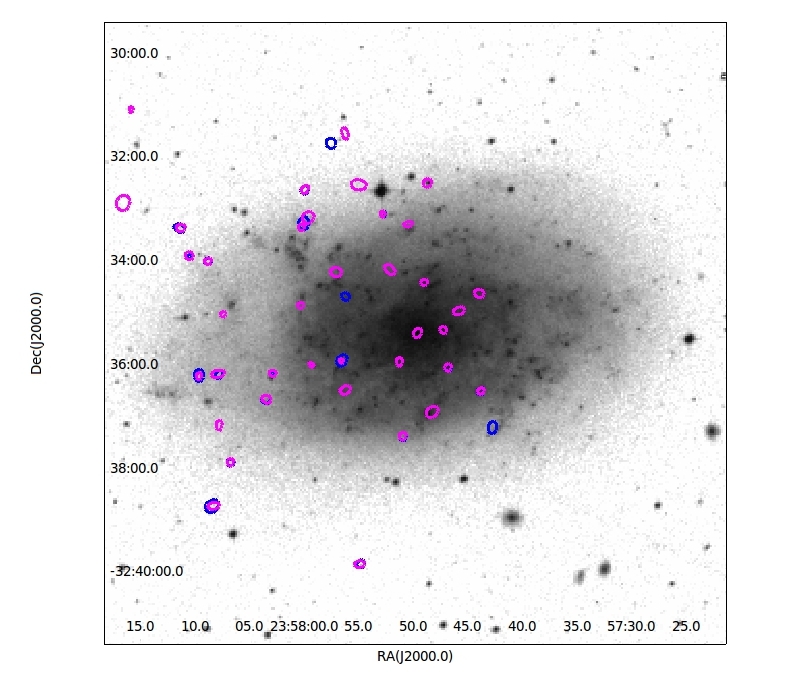
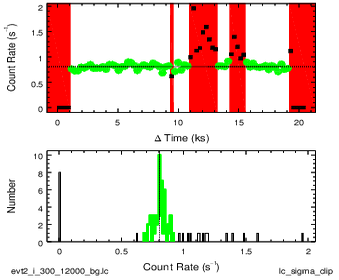
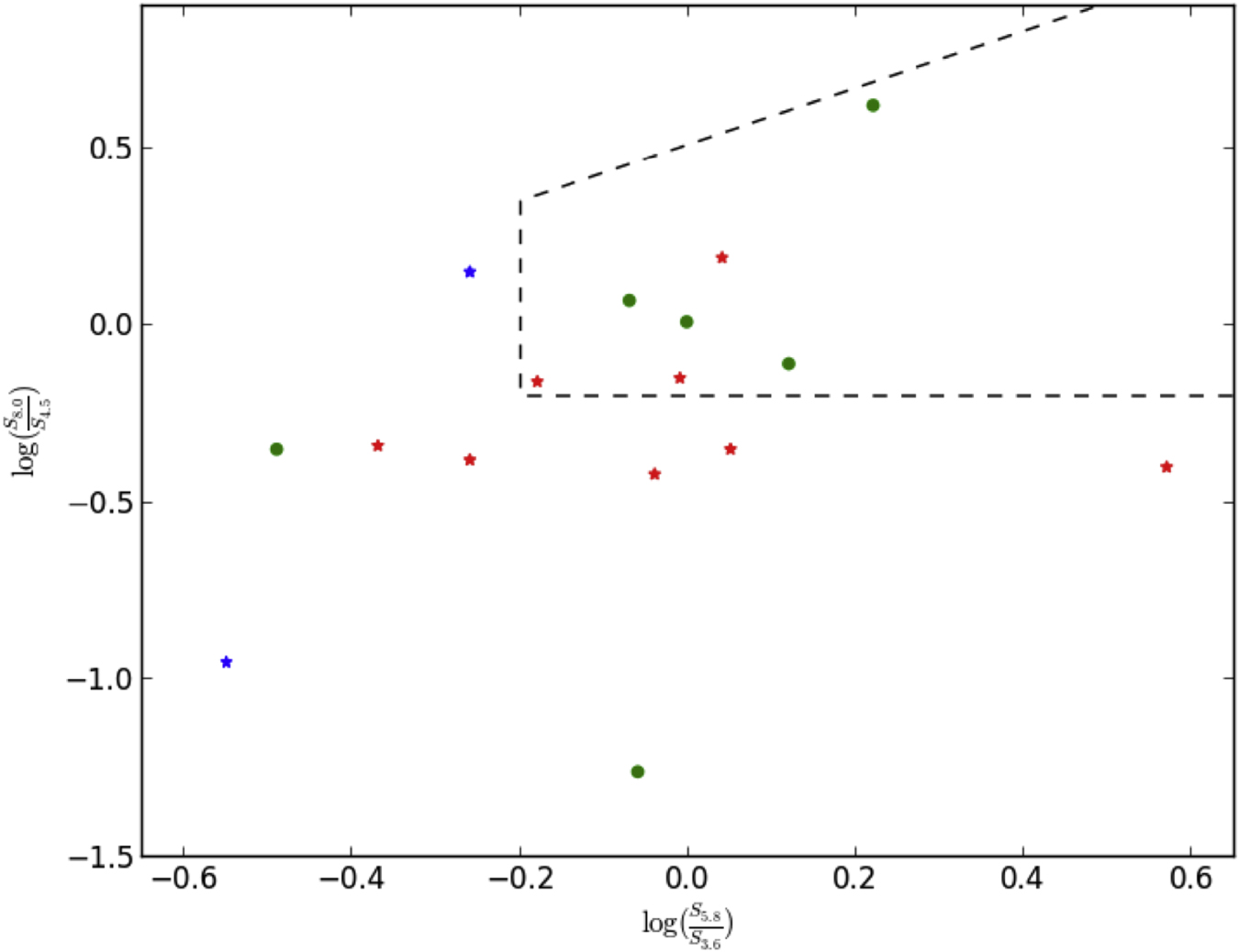
Space Systems
I contributed in the preliminary calibration of the payload on board the cubesat Cosmic X-ray Background Nanosatellite - 2 (CXBN-2) that was deployed on 16 May 2017 from the International Space Station. I used beta decay signals from radioisotopes to test the performance of the off-the-shelf X-ray detector, a Cadmium-Zinc-Telluride semiconductor array, at several different energies relevant to the science mission's goal of studying the cosmic X-ray background at the 30-50 keV range. Based on the amount of radiation the spacecraft would receive in space, I helped the principle investigator, Dr. Ben Malphrus at Morehead State University (MSU), make choice of the orbit, and by estimating the rate of the data that would be collected by the detector arrays, I helped the ground operations team make decisions about the methods and the frequency of data downlink. I represented the science mission during the Preliminary Design Review of the project with NASA and external reviewers and demonstrated compliance of the science mission objectives and operations with the spacecraft systems constraints.
From August 6-11, 2014, Bob Kroll and I used the 21 meter Space Tracking Antenna (STA) at Morehead State University to exchange telemetry between NASA's abandoned ISEE-3 spacecraft and the unofficial and crowdfunded ISEE-3 Reboot project. The ISEE-3 Wikipedia page has more details about the reboot effort.

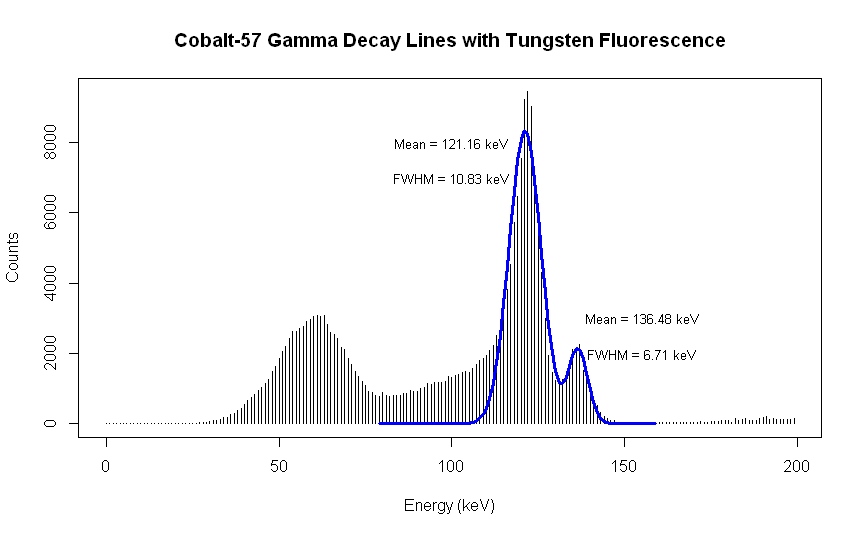
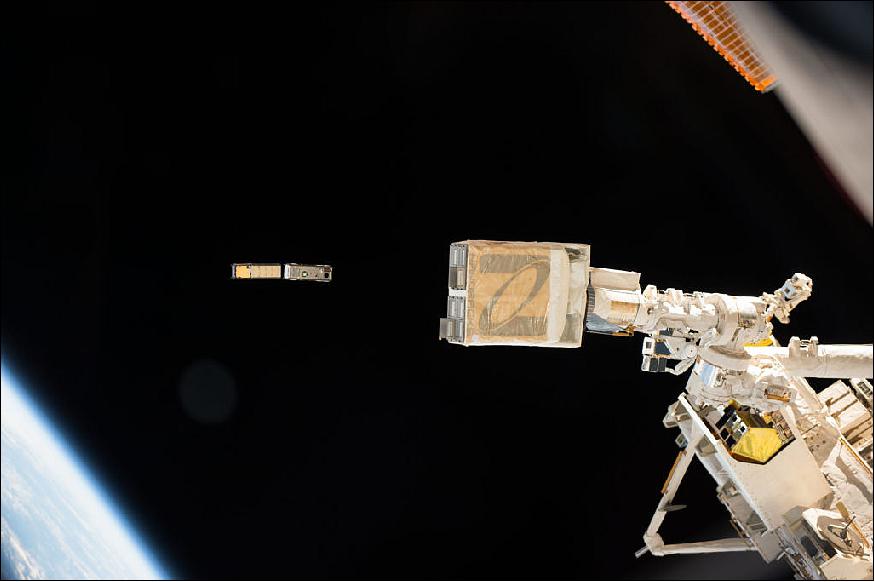


Other Projects
Under the mentorship of Dr. James Masterson in the Department of Government at Morehead State University, I conducted a literature review on the military modernization of the Peoples' Republic of China. I concluded the following:
"The decade-long (2000s) double-digit economic growth has definitely allowed People’s Republic of China to utilize financial, and the resulting technical, resources to evaluate its military prowess and transform its bulk force into a smaller, more efficient army. The world scenario following the 9-11 attacks and the consequent war on terrorism that acted as distraction to world superpowers, on the other hand, has provided China with an unprecedented opportunity to carry out a thorough modernization of its military force without having to care much about the associated international scrutiny and its possible impacts. China seems to have made proper use of these opportunities and has shown that it is capable to plan and then implement suitable strategies -- both in expansion and operation. Even though the PLA has achieved several milestones in due course of time, it still has some inherent defects, primarily its reliance on foreign technology, its inexperience in modern hi-tech warfare and its lagging behind in efficiency, as compared to its regional and international rivals, at the grass-root level. That said, PRC’s potential to rise to an even higher power echelon backed by its future growth in economy cannot be neglected. In any case, China still has a lot to achieve in order to get even close to the military prowess of the United States, and the process of its military modernization is unlikely to result to any major conflict with the potential to fuel a war."
I also worked on the n+k queens separation problem under Dr. Robin Blankenship in MSU Math Department.
Selected Publications/Presentations
“Chandra and Very Large Array Observations of the Nearby Sd Galaxy NGC 45,” Pannuti, Sharma, et al., 2015, The Astronomical Journal, August 2015, Volume 150, Number 3 doi:10.1088/0004-6256/150/3/91
“Radio-continuum study of the nearby sculptor group galaxies. Part 3: NGC 7793 at λ=12.2, 6 and 3 cm,” Pannuti, Sharma, et al., 2014, Astrophysics and Space Science, October 2014, Volume 353, Issue 2, pp 603-611 doi:10.1007/s10509-014-2051-3
Sharma, B. and Pannuti, T. G., “Observations of the Nearby Sculptor Group Galaxy NGC 7793 Made with Chandra X-ray Observatory,” 2014, American Astronomical Society Kentucky Area Meeting, University of Kentucky, Lexington, KY, 3 May 2014 Link
Sharma, B. et al., “Composition of Solutions for the n+k Queens Separation Problem,” 2013, Shenandoah Undergraduate Mathematics and Statistics Conference (SUMS), James Madison University, Harrisonburg, Virginia, September 28, 2013 Link (alt)
Sharma, B. and Doria, A., “Studying the Dynamical Disturbance in Galaxy Clusters Cores through Analysis of Chandra X-ray Observations,” 2013, German Academic Exchange Service - Research Internships in Science and Engineering (DAAD-RISE) and RISE Professional annual scholars meeting, University of Heidelberg, Heidelberg, Germany, July 4-6, 2013; also presented, after getting results, at the Argelander-Institut für Astronomie (AIfA), Bonn, in a dark energy seminar Link (AIfA Talk)
Masters Thesis (in progress): “Transverse Energy Analysis of Relativistic Heavy Ion Collisions through the use of Identified Particles Spectra,” 2018, University of Tennessee, Knoxville, Tennessee
Bachelors Thesis: Senior Thesis Presentation>
Contact
Email: biswas[dot]emails[at]gmail[dot]com
Biswas Sharma. All rights reserved. Copyright © 2018.
